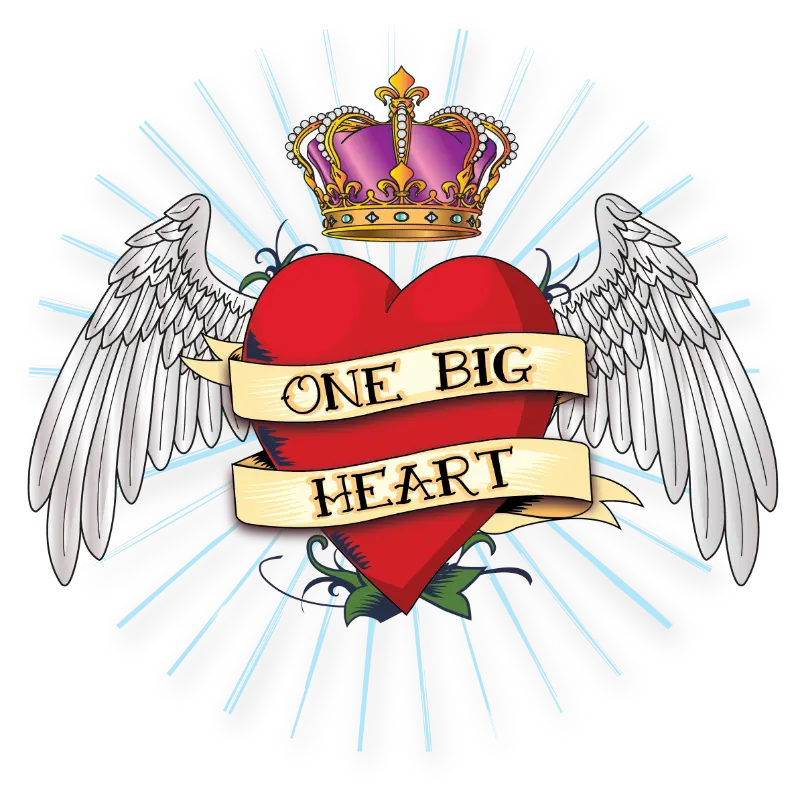Bound Angle Pose (Baddha Konasana) is a gentle yet deeply effective yoga posture that focuses on opening the hips, lengthening the inner thighs, and calming the nervous system. Often introduced early in a yoga journey, this pose remains a lifelong companion in practice, offering increasing benefits with continued exploration. Grounded, accessible, and meditative, Baddha Konasana invites you to slow down, go inward, and cultivate both physical and emotional balance.
What Is Bound Angle Pose?
In Baddha Konasana, the soles of the feet are brought together while the knees fall open to either side, forming a diamond shape with the legs. The spine stays tall, the chest open, and the hands rest on the feet or ankles. Though it may look simple, the depth of this pose lies in the subtle release of the hips, groin, and lower back.
Benefits of Baddha Konasana
1. Hip and Groin Flexibility: This pose stretches the inner thighs, groin, and knees, improving mobility in a region often tight from long hours of sitting or repetitive movement.
2. Supports Circulation and Digestion: The gentle compression of the abdominal area can help stimulate digestion and improve circulation, especially in the pelvic region.
3. Calms the Mind: Baddha Konasana activates the parasympathetic nervous system, promoting relaxation and reducing stress, anxiety, and fatigue.
4. Pregnancy and Posture Support: This pose is commonly used in prenatal yoga to support pelvic opening and prepare the body for childbirth. It also supports spinal alignment and posture when practiced with proper engagement.
How to Practice Bound Angle Pose
- Begin seated with your legs extended in front of you in Dandasana (Staff Pose).
- Bend your knees and bring the soles of your feet together, allowing your knees to fall gently out to the sides.
- Draw your heels in toward your pelvis, adjusting the distance based on your flexibility and comfort.
- Hold your feet or ankles with your hands. Sit up tall, lengthening your spine while keeping your shoulders relaxed.
- For a deeper stretch, gently press your elbows into your thighs or shins, or fold forward while maintaining a long spine.
- Breathe deeply and hold for 1–3 minutes, allowing your hips to soften with each exhale.
- To release, gently lift the knees together, extend your legs, and shake them out to relax.
Modifications and Tips
- Sit on a folded blanket or block to elevate the hips and reduce pressure on the knees.
- If the knees are high off the ground, place blocks or cushions under them for support.
- Avoid rounding the back—lift the chest and stay grounded through the sit bones.
When to Use Bound Angle Pose
Baddha Konasana is versatile and can be practiced during warm-up, cool-down, or as a restorative pose on its own. It pairs well with forward folds, seated twists, or gentle hip openers. It’s especially supportive before meditation or pranayama to cultivate a calm, centered energy.
Conclusion
Bound Angle Pose is a powerful reminder that simplicity in yoga can yield profound results. By regularly incorporating Baddha Konasana into your practice, you nurture physical openness and mental stillness—qualities that extend far beyond the mat. Let this grounding posture be your go-to for inner calm, flexibility, and steady breath.


